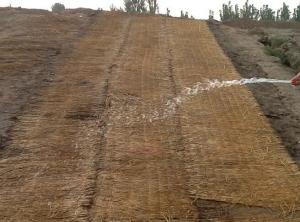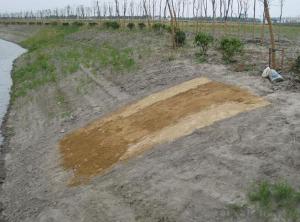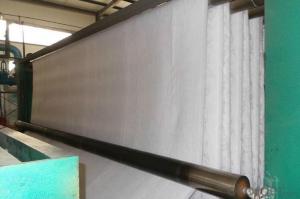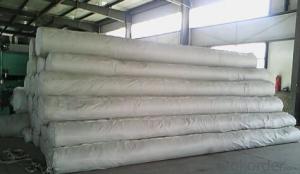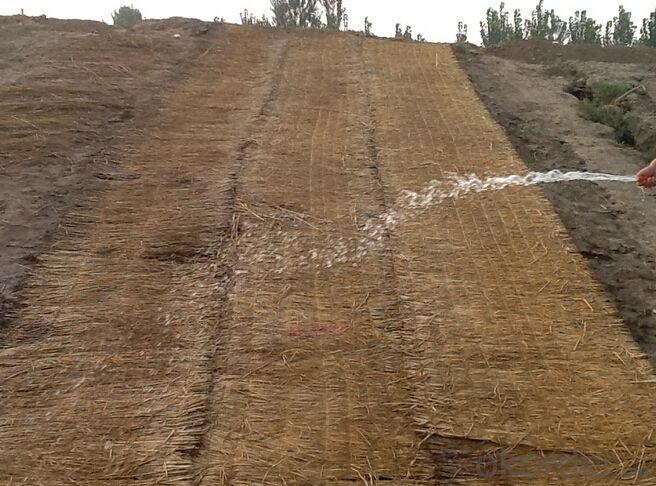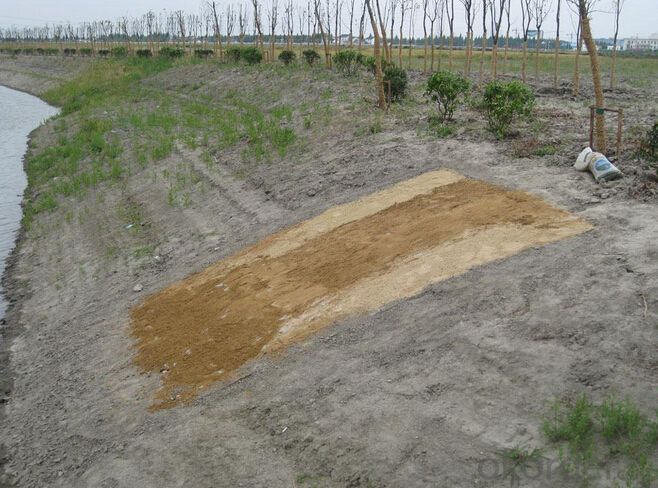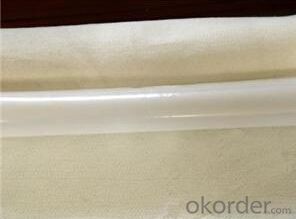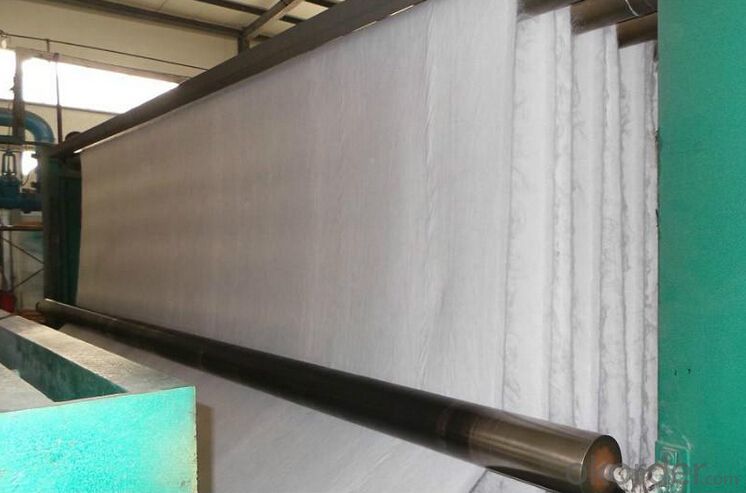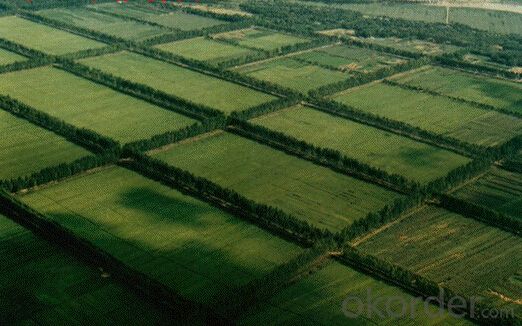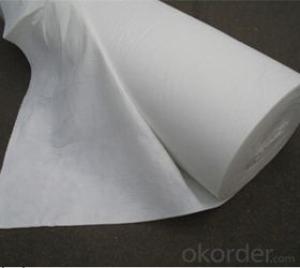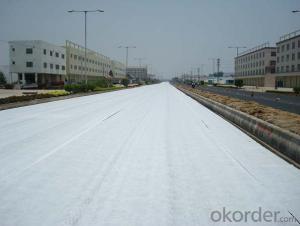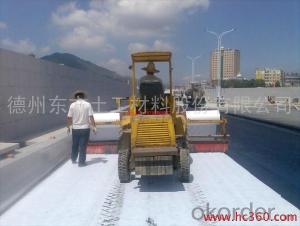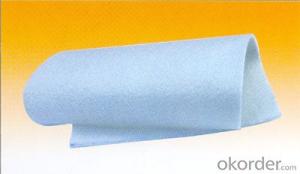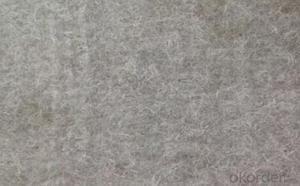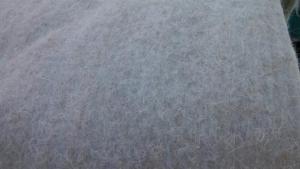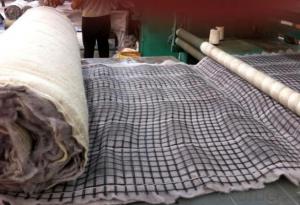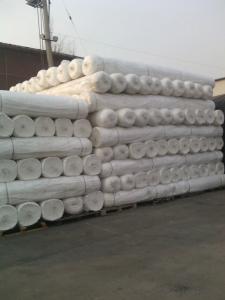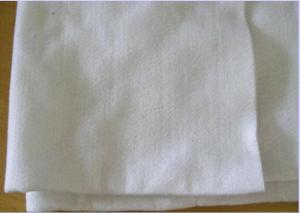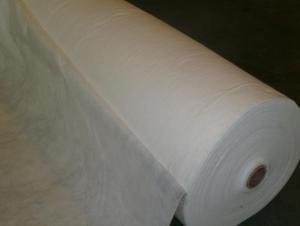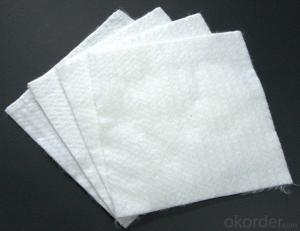Nutrition Geotextile Mat Grass Seed StripGrass Seed Mat used in Greening
- Loading Port:
- Qingdao
- Payment Terms:
- TT OR LC
- Min Order Qty:
- 5000 m²
- Supply Capability:
- 2000000 m²/month
OKorder Service Pledge
OKorder Financial Service
You Might Also Like
Nutrition geotextile in water environmental engineering .
Specification:
Geotextile has excellent permeability, acquired, durability, which can be widely used in railway ,highway, movement hall,Dams,hydraulic structures hence hole, coastal shoal, reclamation,environmental protection and other projects. The main products are Synthetic staple fibers needle punched nonwoven geotextiles and split film yarn woven geotextiles.
Product Feature:
1. Simple and fast construction
2. Achieve the greening effect quickly after construction
3. Due to the grass and composite fiber fabrics become into one integration, so it has the ability of certain degree of flow resistance for the water rising before the grass survive.
4. Composite fiber fabric is a continuous structure from slope top to slope toe, both ends are fixed, has high water flow resistance.
Technical Specification
5.0 m length and 1.05 m width. Reverse side all used filter material. Grass seeds: Bermuda grass (warm season grass), Bahia grass (warm season grass), Kentucky bluegrass (cold season grass), Tall fescue grass (cold season grass), Red fescue grass (cold season grass). Plant height: 0.1 ~ 0.5 m.
| NO. | Items | Specification | Notes | |||
| 1 | Total unit area weight g/sq.m | ≥380 | ||||
| 2 | dimension | width m | 1.0~2.0 | |||
| length m | as per user’s request | |||||
| 3 | Composite fiber fabrics | Material | Polyester Fiber | High strength PET | ||
| Unit area weight g/sq.m | ≥160 | |||||
| Mesh dimension mm | 8×8 | |||||
| Extension strengh kn/m | ≥11 | MD & CD | ||||
| 4 | Filtra layer | Material | Polyester non woven geotextile | |||
| Unit area weight g/sq.m | ≥40 | |||||
| 5 | Grass seeds, Fertilizer | Type | According to actual situation choose 3~5 grass seeds | |||
| Plant height m | 0.1~0.3 | |||||
| 6 | Fiber layer | Material | wood pulp cellulose | |||
| Unit areaweight g/sq.m | ≥15 | |||||
| 7 | flow resistance | ≥4 | not allow appear scour, suction and blanket turn-over etc. damage phenomenon | |||
| M/s | ||||||
| 8 | Anti-UV strengh conservation rate % | 65~80 | 3000hrs Continuously exposure 3000hrs | |||
| 9 | Supporting spare parts | ABS fastening nail | Material | ABS Resin | Fixed between two blankets by length direction | |
| Fiber diameter mm | 35 | |||||
| Nail length mm | 325 | |||||
| Lnail | Material | Steel wire (content 10% zinc-aluminium alloy) | Used to fix single blanket | |||
| Fiber diameter mm | 4 | |||||
| Nail length mm | 200 | |||||
| ABS connecting nail | Material | ABS Resin | Used in the slope between the two blankets ( width direction) | |||
| Nail length mm | 38 | |||||
| Connecting fiber | Material | High strength Polypropylene | Used in the slope between the two blankets ( width direction) | |||
| Length mm | Cut as per request | |||||
APPLICATION:
Generally laid on the river channel, slope protection etc. slope revetment projects, to control the water erosion, soil loss, meantime can reach the effect of slope ecological restoration and landscape greening, making river back to natural.
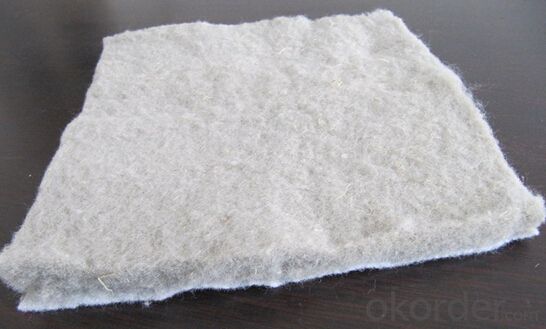
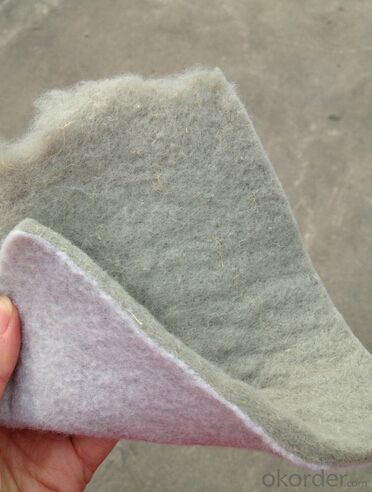
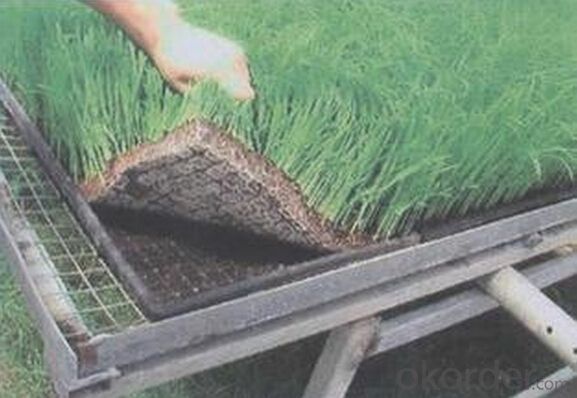

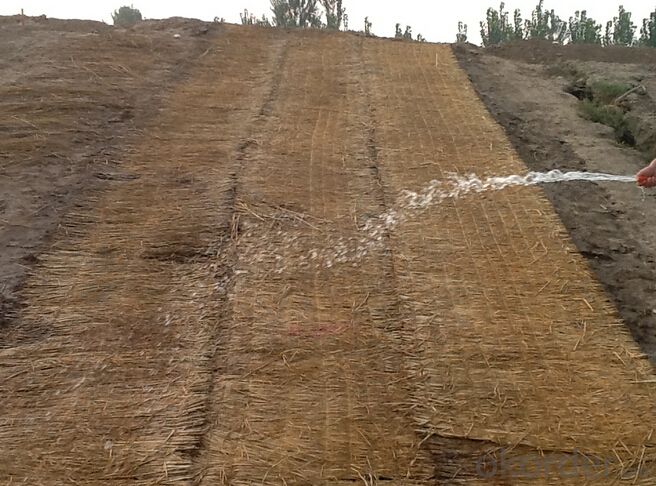
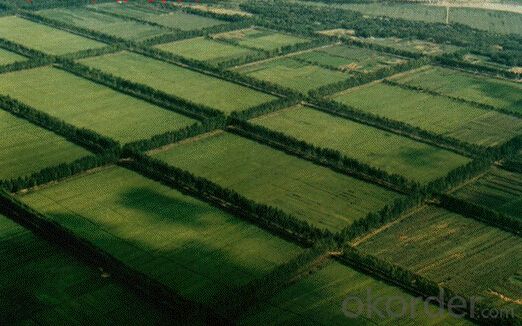
- Q: What are the quality control measures for geotextile manufacturing?
- Quality control measures for geotextile manufacturing typically include the following steps: 1. Raw material inspection: Thoroughly assessing the quality, specifications, and properties of the raw materials used in geotextile manufacturing, such as fibers and polymers. 2. Process control: Implementing strict control over various manufacturing processes, including extrusion, weaving or non-woven production, and coating, to ensure consistency, accuracy, and adherence to specifications. 3. In-line testing: Conducting regular tests and inspections during the manufacturing process to monitor key parameters such as weight, thickness, tensile strength, porosity, and permeability. 4. Sample testing: Randomly selecting samples from each batch and subjecting them to comprehensive laboratory tests to verify compliance with industry standards and project requirements. 5. Quality audits: Conducting periodic audits of the manufacturing facility to assess the overall quality management system, equipment calibration, personnel training, and adherence to standard operating procedures. 6. Final product inspection: Thoroughly examining finished geotextile rolls or panels for any defects, such as tears, holes, or inconsistencies in physical properties, before packaging and shipping. 7. Documentation and traceability: Maintaining detailed records of all quality control activities, including test results, inspection reports, and batch numbers, to ensure traceability and facilitate recalls if necessary. By implementing these quality control measures, geotextile manufacturers can consistently produce high-quality products that meet the performance requirements and specifications of various geotechnical applications.
- Q: Geotextile what are the specifications of the ah?
- Geotextile is first divided into short wire geotextile and filament geotextile. Their specifications generally according to the weight to count, small equipment, geotextiles are mostly between 80g-380g, and now some mature domestic enterprises generally can do between 100g-1500g short wire and filament geotextile. How many grams of this can be customized between. It should be noted that the same specifications of the short wire geotextile price than the filament geotextile to 30% cheaper, but the technical strength index than the long geotextile cloth nearly 50%.
- Q: How do geotextiles improve the performance of dams?
- Geotextiles improve the performance of dams by providing various benefits such as erosion control, filtration, separation, and reinforcement. They prevent soil erosion by stabilizing the soil and preventing the loss of fine particles. Geotextiles also act as a filtration layer, allowing water to pass through while retaining soil particles. They provide separation between different soil layers, preventing intermixing and maintaining the stability of the dam structure. Additionally, geotextiles can reinforce the soil, increasing its strength and improving the overall stability and durability of the dam.
- Q: Can geotextiles be used in tunnel construction?
- Yes, geotextiles can be used in tunnel construction. Geotextiles are often used as reinforcement materials to improve the stability and strength of tunnel walls. They help to prevent soil erosion, control water flow, and provide additional support to the tunnel structure.
- Q: What are the specifications of the garage roof using geotextiles?
- Generally with 200g or 300g, I professional production, wish smooth
- Q: How do geotextiles help in preventing shoreline erosion?
- Geotextiles help in preventing shoreline erosion by acting as a barrier between the land and water, providing stabilization to the soil and preventing it from being washed away by waves or currents. They also help in promoting the growth of vegetation, which further reinforces the shoreline and reduces erosion.
- Q: Can geotextiles be used in river training works?
- Yes, geotextiles can be used in river training works. Geotextiles are often used to stabilize riverbanks, prevent erosion, and control sediment movement in rivers. They can be used to reinforce embankments, create slope stability, and protect riverbeds. Geotextiles are an effective and environmentally friendly solution for managing and controlling the flow of water in river training works.
- Q: Neighborhoods: anti-seepage composite geotextile testing need to follow which test specifications, and routine testing items.
- There is a special GB ah GBT-1998 I was the production of geotechnical materials
- Q: Are there any geotextiles on the upstream dam slope?
- Supply geotextile.
- Q: How do geotextiles contribute to the environmental sustainability of construction projects?
- Geotextiles contribute to the environmental sustainability of construction projects by providing erosion control, improving soil stability, and reducing the need for excavation and disposal of excess soil. They help prevent sediment runoff into nearby water bodies, promote vegetation growth, and prevent contamination of groundwater. Geotextiles also enhance the longevity of infrastructure by providing reinforcement and filtration, thereby minimizing the need for frequent repairs and replacements. Overall, their use reduces environmental impact, conserves resources, and contributes to the long-term sustainability of construction projects.
Send your message to us
Nutrition Geotextile Mat Grass Seed StripGrass Seed Mat used in Greening
- Loading Port:
- Qingdao
- Payment Terms:
- TT OR LC
- Min Order Qty:
- 5000 m²
- Supply Capability:
- 2000000 m²/month
OKorder Service Pledge
OKorder Financial Service
Similar products
Hot products
Hot Searches
Related keywords
